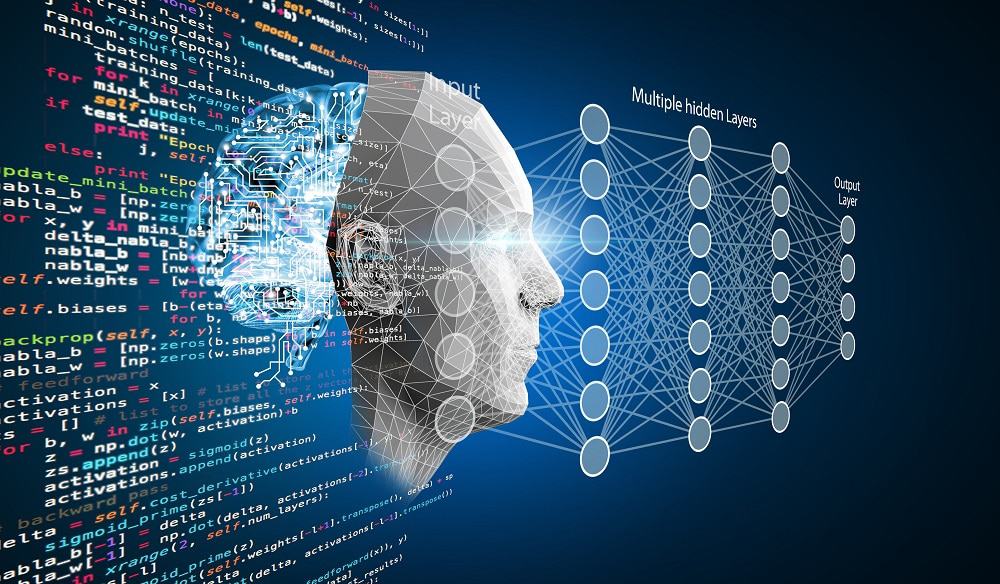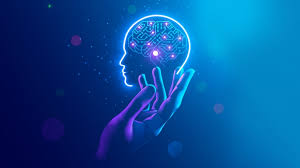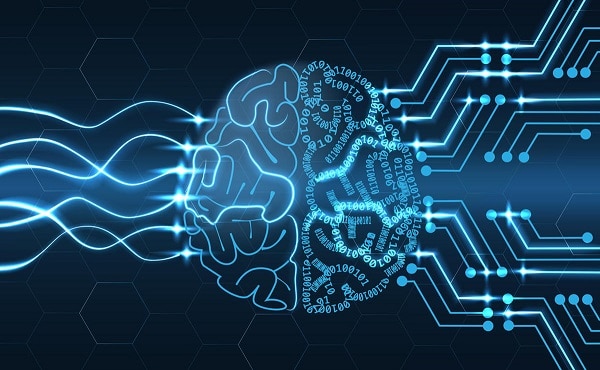Top 10 Cutting-Edge Deep Learning Algorithms for 2024

Deep learning has cemented its place in scientific computing, empowering industries to tackle intricate challenges with its arsenal of algorithms. Harnessing various types of neural networks, these algorithms emulate the intricate workings of the human brain, driving innovation across sectors.
Understanding the Core of Deep Learning
Deep learning employs artificial neural networks (ANNs) to process vast datasets, mimicking the brain’s structure and function. By learning from examples, these algorithms have become indispensable in sectors such as healthcare, eCommerce, entertainment, and advertising.

Decoding Neural Networks
Neural networks, akin to the human brain, comprise interconnected nodes arranged in layers:
- Input layer
- Hidden layer(s)
- Output layer
Data flows through these layers, with each node receiving inputs, multiplying them by random weights, adding bias, and applying activation functions to determine its activation.
Demystifying Deep Learning Algorithms
Deep learning algorithms excel in self-learning representations, leveraging ANNs akin to the brain’s computational model. During training, they extract features, categorize objects, and unveil data patterns from unknown elements within the input distribution, fostering multi-level learning.

Here’s a comprehensive look at the top 10 deep-learning algorithms poised to redefine technological boundaries in 2024:
1. Convolutional Neural Networks (CNNs)
Pioneering image processing, CNNs excel in image classification, object detection, and facial recognition tasks. Their architecture comprises:
- Convolutional layer: Detects features like edges and textures.
- Pooling layer: Reduces feature map dimensionality.
- Fully connected layer: Produces final classifications.
2. Recurrent Neural Networks (RNNs)
Specialized in recognizing sequential patterns, RNNs maintain hidden states to retain past input information, crucial for time series analysis and natural language processing.
3. Long Short-Term Memory Networks (LSTMs)
LSTMs mitigate long-term dependency issues in RNNs, facilitating tasks like speech recognition and time series prediction through specialized gating mechanisms.
4. Generative Adversarial Networks (GANs)
GANs craft realistic data by training two competing neural networks—an ingenious approach used in generating lifelike images, videos, and audio.
5. Transformer Networks
Empowering modern NLP models, Transformers leverage self-attention mechanisms for parallel processing and enhanced handling of long-range dependencies.
6. Autoencoders
Unsupervised learners, Autoencoders compress data into a lower-dimensional representation, enabling tasks like data denoising and feature learning.
7. Deep Belief Networks (DBNs)
DBNs, built on layers of stochastic latent variables, excel in feature extraction and dimensionality reduction tasks.
8. Deep Q-Networks (DQNs)
Fusing deep learning with reinforcement learning, DQNs tackle environments with high-dimensional state spaces, from gaming to robotics.
9. Variational Autoencoders (VAEs)
VAEs employ variational inference to generate data points resembling the training data, serving generative tasks and anomaly detection.
10. Graph Neural Networks (GNNs)
Generalizing neural networks to graph-structured data, GNNs find applications in social network analysis, molecular structure analysis, and recommendation systems.

In Conclusion
As we traverse 2024, deep learning’s evolution unveils groundbreaking algorithms at the forefront of technological innovation. From CNNs revolutionizing image recognition to Transformers enhancing NLP, these algorithms provide potent tools across domains.
Continuous learning is paramount to thrive in this dynamic landscape. The Caltech Post Graduate Program in AI and Machine Learning stands as a beacon, offering comprehensive insights and hands-on experience with the latest technologies under expert guidance, ensuring professionals stay ahead in this rapidly advancing field.



